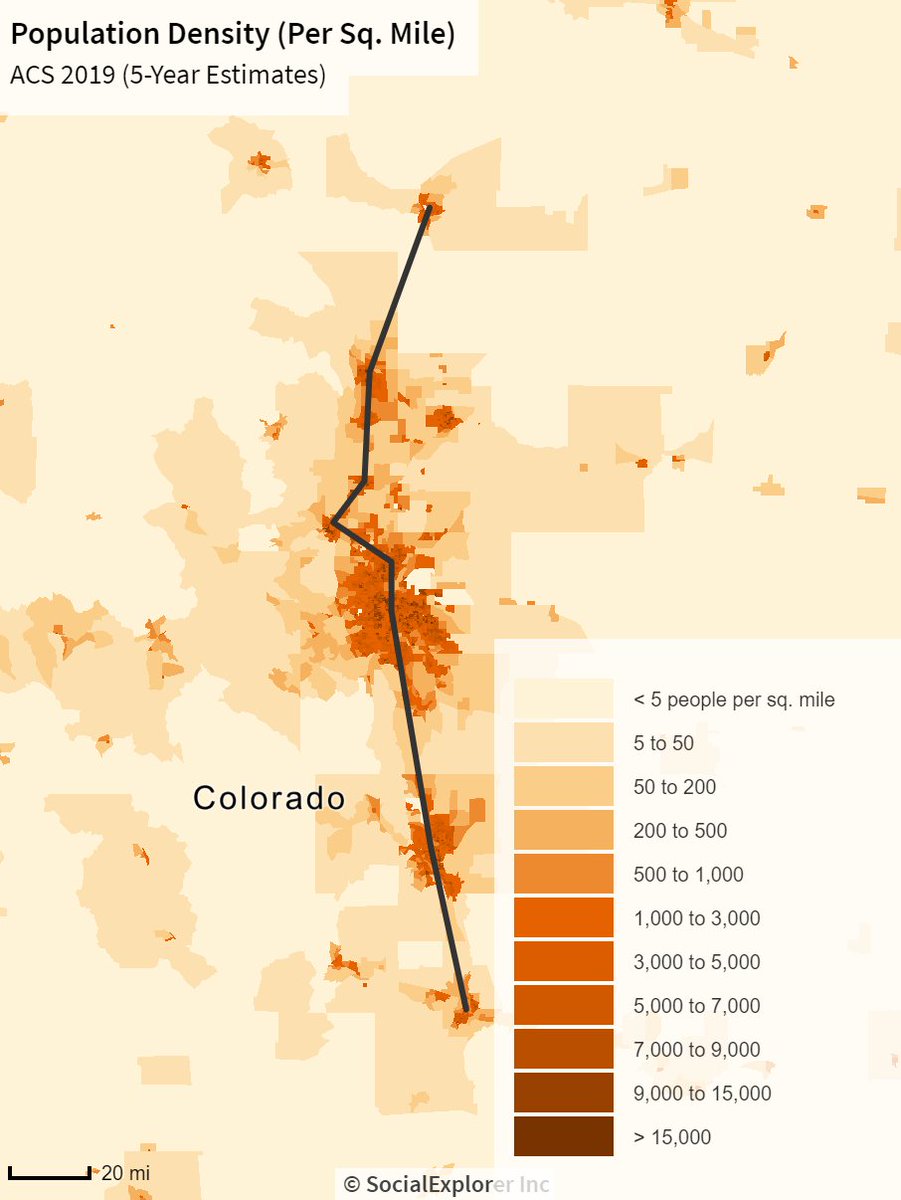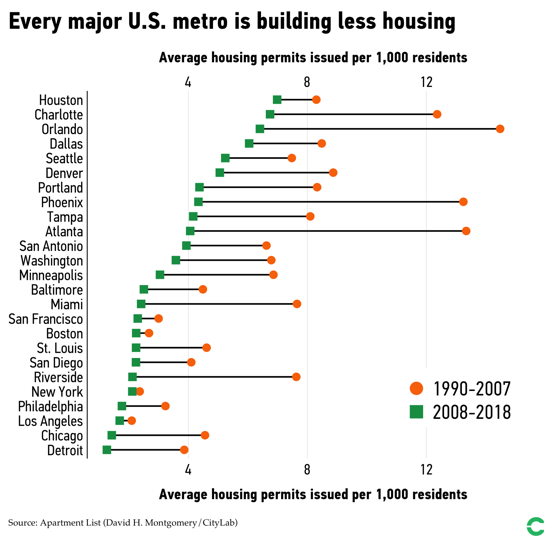
Hell hath frozen over: Norfolk Southern is experimenting with bringing back less than carload freight service, a business railroads lost in the 50s. Trucks gather freight, which is then put into boxcars and shipped on the head end of intermodal trains.
trains.com/trn/news-revie…
trains.com/trn/news-revie…

A really interesting idea -- along with the traffic growth potential, it has the capacity to increase urban shippers' access to premium rail service, as truck-rail transload warehouses are a lot less space intensive than intermodal termini
Thinking about this some more -- I'm really hoping this is a success, because it has the potential to help a number of issues.
One of the biggest drawbacks of the intermodal rail model is that it's an inefficient way to use rail capacity. A double stack well car can carry 2 containers, so 2 truckloads. A boxcar of equivalent length can carry 3.5 TLs.
So right there, you've increased train capacity by about 75%. One hopes some of that capacity gets realized as rail mode share growth, but it also would help free up more space on the rails for other freight services -- or passenger trains
I don't expect this model to be expanded deep into the carload network given the time/$ costs of local switching. However, for warehouses located near intermodal terminals...
...it's conceivable that truck-truck crossdocking operations could come to include truck-rail w/ installation of a spur.
(this was pretty common well into the aughts, albeit using boxcar movements in the slower loose carload network)
(this was pretty common well into the aughts, albeit using boxcar movements in the slower loose carload network)
This could both help cut down on VMT connecting warehouses with intermodal terminals, and increase the benefits of rail-proximate location. And again, less space use = easier to expand deep into cities.
• • •
Missing some Tweet in this thread? You can try to
force a refresh








